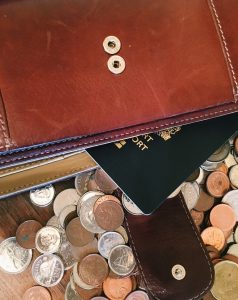The red and blue lines are commonly used indicators in forex trading. They are two trend lines that are used to represent the movement of the market. The red line represents the downtrend, while the blue line represents the uptrend. These lines are essential tools for traders because they help to identify the direction of the market and to make informed decisions when trading.
The red and blue lines are also known as moving averages. Moving averages are used to smooth out price movements, eliminating the noise in the market. This allows traders to focus on the trend and to make more accurate predictions about future price movements.
In forex trading, the red and blue lines are typically plotted on a price chart. The chart shows the price movements of a currency pair over a specific period. The moving averages are then plotted on top of the price chart, creating a visual representation of the market trend.
The red line is the 200-day moving average, while the blue line is the 50-day moving average. The 200-day moving average is used to represent the long-term trend, while the 50-day moving average represents the short-term trend. By looking at the relationship between these two moving averages, traders can determine the overall direction of the market.
When the blue line is above the red line, it indicates an uptrend, and traders may look for buying opportunities. Conversely, when the red line is above the blue line, it indicates a downtrend, and traders may look for selling opportunities.
It’s important to note that these lines are not a guarantee of future price movements. The market can be unpredictable, and unexpected events can cause sudden changes in the direction of the trend. However, the red and blue lines can be helpful in identifying potential opportunities and managing risk.
Traders can also use other indicators along with the red and blue lines to confirm trends and make more informed trading decisions. For example, traders may use oscillators such as the Relative Strength Index (RSI) or Moving Average Convergence Divergence (MACD) to confirm the strength of a trend.
In addition, traders may use support and resistance levels to identify potential entry and exit points. Support levels are areas where the price has previously bounced back up from, while resistance levels are areas where the price has previously bounced back down from. When the price reaches a support or resistance level, traders may look for a reversal or continuation of the trend.
In conclusion, the red and blue lines are essential tools for forex traders. They represent the trend of the market and can be used to identify potential opportunities and manage risk. Traders should use other indicators and tools along with the red and blue lines to confirm trends and make informed trading decisions. While the market can be unpredictable, the red and blue lines can help traders to stay focused and make more accurate predictions about future price movements.


